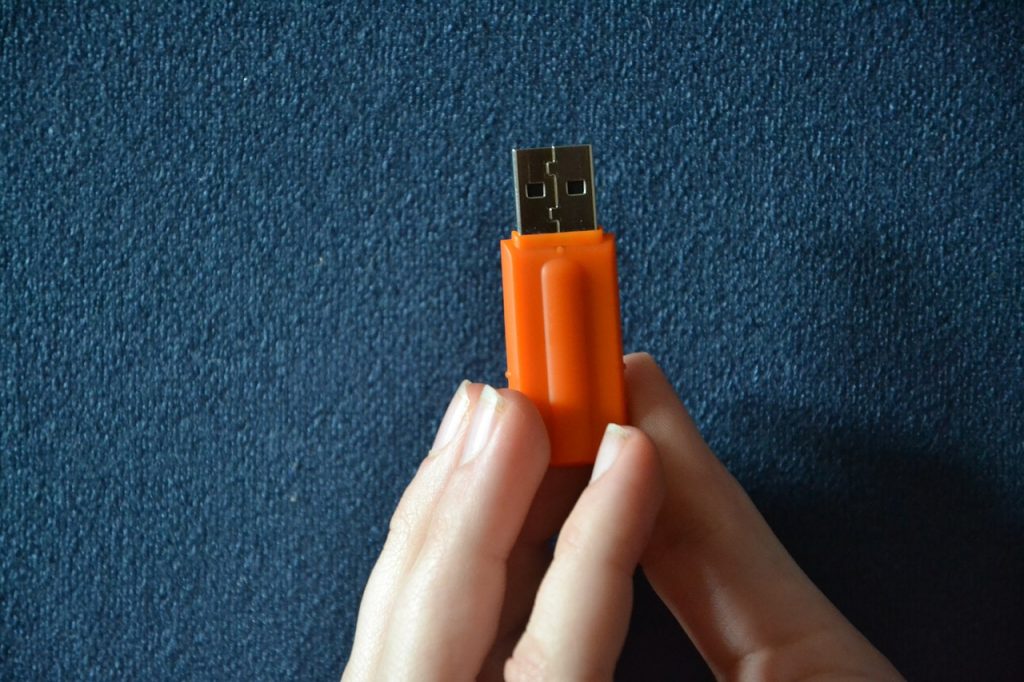In our previous article We did a brief review of what Linux is and we recommended some distributions. Now we see some ways to test any of the Linux distributions we have chosen.
Using a Linux distribution for the first time can make you feel like Alice when she fell down the hole in Wonderland. Familiar objects that behave in an unusual way.
In principle there are not so many differences. Linux desktops use a system of windows, icons, mouse pointer, files, and folders. It is in the form of organization of files and folders and in the management of user privileges that it is noticeable that we are using an operating system.or that it is not Windows.
Although the issue of hardware compatibility has improved remarkably in recent yearss (there are even cases where it works better on Linux than on Windows) there may be cases where additional configuration is required or cannot be used directly. That is why before making the decision to replace the current operating system with a Linux distribution we must be sure that everything works as it should.
Fortunately, we have ways to test without compromising the functionality of our computer.
Ways to test Linux
If you do research on Linux at any point you're going to hear about Windows Subsystem for Linux. It is a feature of Windows 10 that allows you to use a Linux distribution as a native application of the Microsoft operating system. I only mention it to dismiss it. Although it can be a good way to know the use of the terminal, is a tool designed for advanced users.
This leaves us with 4 ways to test a Linux distribution
Virtualization
A virtual machine client it is a program that pretends to be a computer. Its use has the advantage that no modifications are made to the system so you can install and uninstall as many distributions as you want. The downside is that By not doing a test on the actual hardware you will not know if there are compatibility issues.
Modern versions of Windows come with their own virtual machine application; HyperV. It can also be used Virtualbox which comes preconfigured with the appropriate options for some of the most popular Linux distributions.
Live mode
In live mode the operating system is loaded into the host computer's RAM which acts as if it were the hard drive. This will lets you experience compatibility on the hardware you use regularly, although the performance is going to be a little slower than normal. What you have done is lost when you turn off the computer.
The latter is relative, some installation media creation tools allow you to reserve a space to save the modifications made. When you connect the pendrive, the operating system and the modifications are loaded into the RAM. This is ideal for doing multiple installations of a custom layout.
Installation on an external device
Linux distributions can be installed on an external device, be it a hard disk or a pendrive with sufficient capacity. The operation will be optimal (depending on the type of connection) and you can use it on any other computer. General-purpose distributions can automatically detect and download drivers.
Installation alongside or instead of Windows
Linux can share the disk with Windows. There will be some minor issues like time mismatch in Windows (there are tutorials on the internet on how to fix it) and two fundamental things should be kept in mind.
- If possible, Windows should be installed first. Linux detects Windows and allows the option to start with it. The same is not the case in reverse. Although it can be fixed, it means doing extra work.
- We must always make sure that Windows has completed its updates before installing Linux. Otherwise the installer will not be able to divide the hard disk to share it.
If you are going to try Linux from a virtual machine you do not need to create an installation media (although you can). To use the other modes You will need a physical support from which the procedure will be done. Most distributions will fit on a 2gb dvd or flash drive.
In the next article we will delve into the topic of creating installation media.

Cool!!!!…. I wish I had seen an article like this years ago when I started with GNU / Linux, at that time and without knowing a thing or two things worked for me, now I see everything so simple ...
Lucky!
I was left in the middle of a Debian installation and had to borrow a computer to download a pirated Windows.
Thanks for comment
These articles seem very important to me. Now that COVID-19 has triggered the sale of laptops and people stay longer in front of these devices, it is the perfect opportunity to invite them to discover Linux and Free Software.
I have seen the previous article this morning and I find these publications great for people who are starting out in Linux, but right in this I have missed the possibility of testing distributions through https://distrotest.net/, which offers virtual machines already prepared via VNC, without the need for any download, to fiddle with the distro that interests us the most. You do a great job bringing people this type of content. All the best
Very good data. Thanks
I think the simplest alternative and closest to reality is to run a live Linux. Linux MX offers the possibility of saving the configuration (persistence) and "installing" it in a frugal way. If it is for a slightly older equipment, this same option is offered by Puppy Linux or Antix.
Thanks for your comment